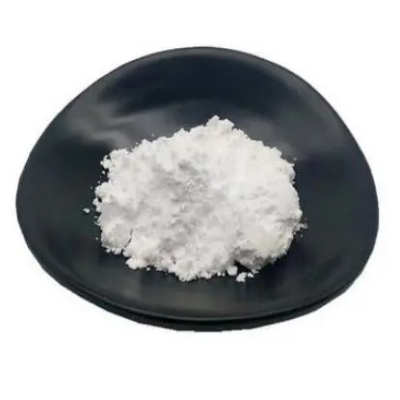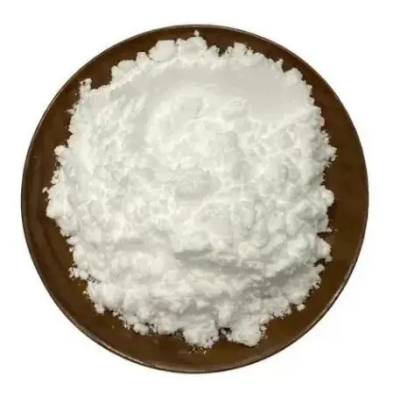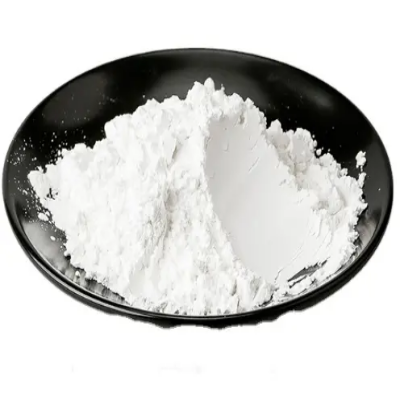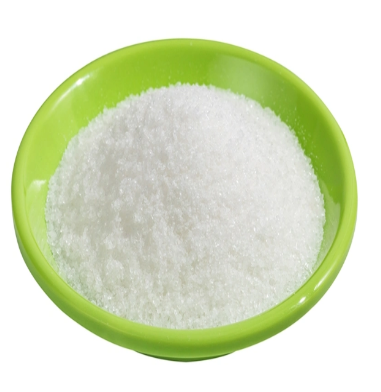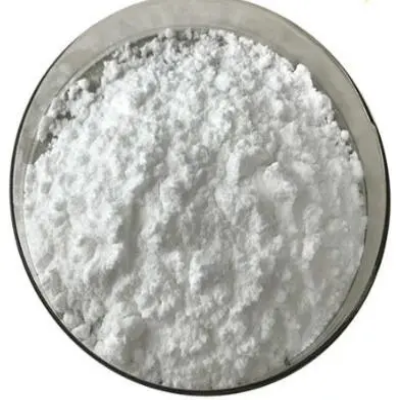Triphenylphosphate CAS:115-86-6
Triphenylphosphate finds extensive applications in diverse fields, primarily as a flame retardant in plastics, resins, and synthetic fibers such as polyurethane, epoxy resins, and cellulose acetate. Its ability to inhibit or delay the spread of flames makes it crucial for enhancing the fire safety properties of materials used in construction, electronics, and textiles. Additionally, Triphenylphosphate serves as a plasticizer, imparting flexibility and durability to polymers and improving their processing characteristics. In the field of polymer manufacturing, it contributes to the production of flexible PVC, rubber products, and other plastic materials. Furthermore, it is utilized in hydraulic fluids and lubricants due to its flame-retardant and anti-wear properties, enhancing the safety and performance of industrial equipment. In the formulation of adhesives and sealants, Triphenylphosphate functions as a flame-retardant additive, ensuring the fire resistance of these products. Its application extends to the production of coatings and finishes, where it enhances the flame-retardant properties of paints and varnishes. Moreover, it is utilized in the synthesis of specialty chemicals and as a component in the production of insecticides and pesticides. In the field of analytical chemistry, it is used as a reagent for various analytical techniques. Overall, the multifaceted uses of Triphenylphosphate highlight its importance in enhancing the fire safety and performance characteristics of a wide range of materials and products across industries.



| Composition | (C6H5O)3PO |
| Assay | 99% |
| Appearance | white powder |
| CAS No. | 115-86-6 |
| Packing | Small and bulk |
| Shelf Life | 2 years |
| Storage | Store in cool and dry area |
| Certification | ISO. |


